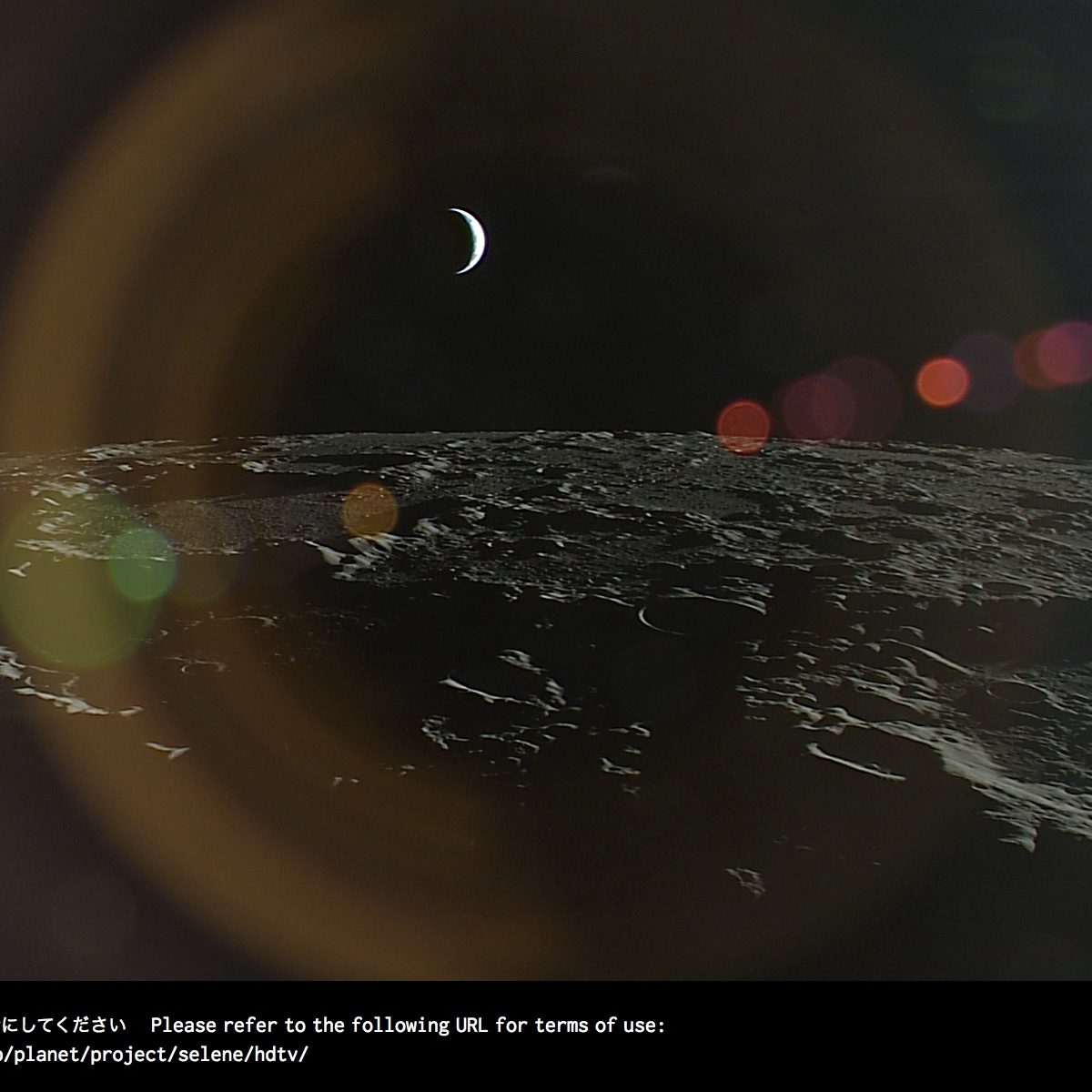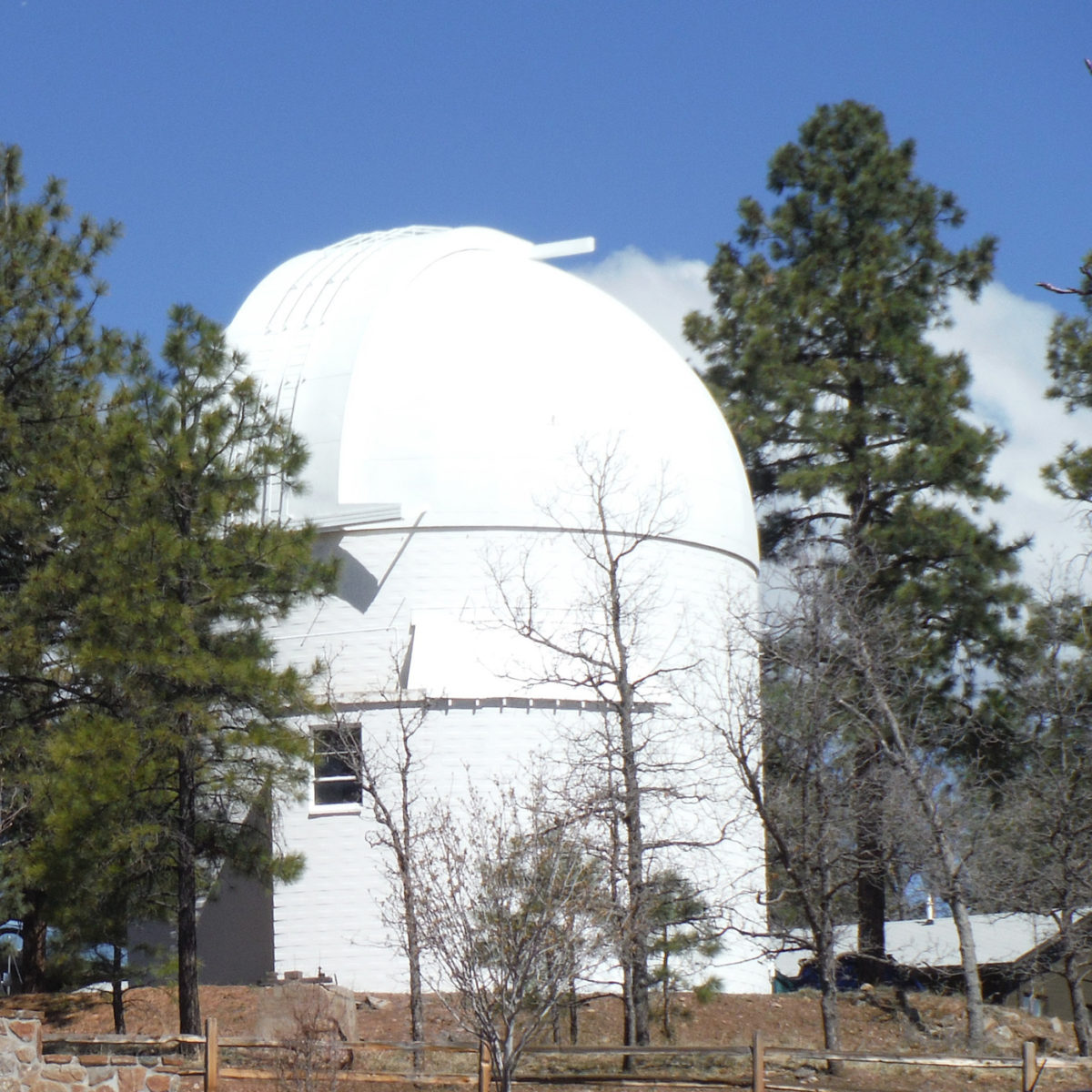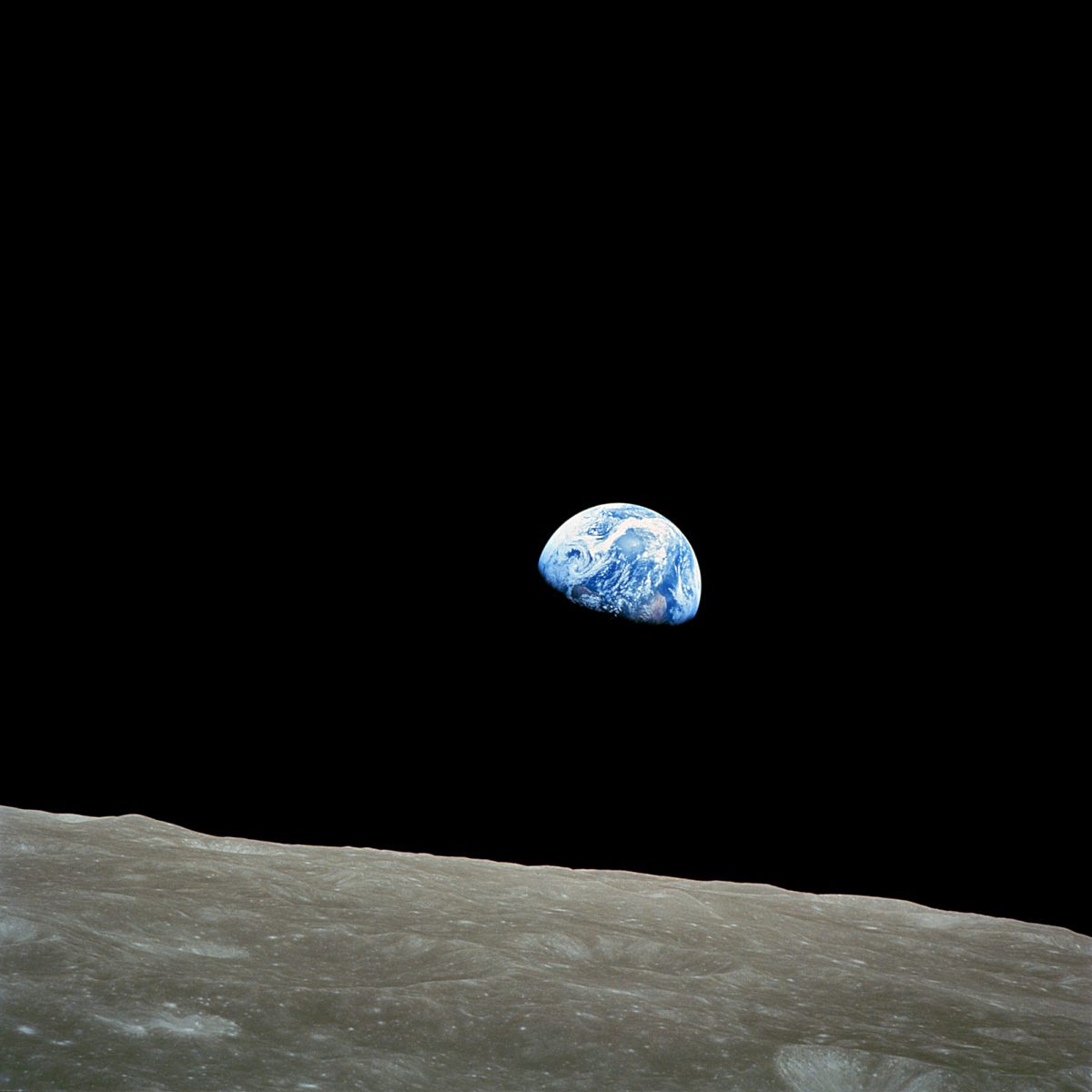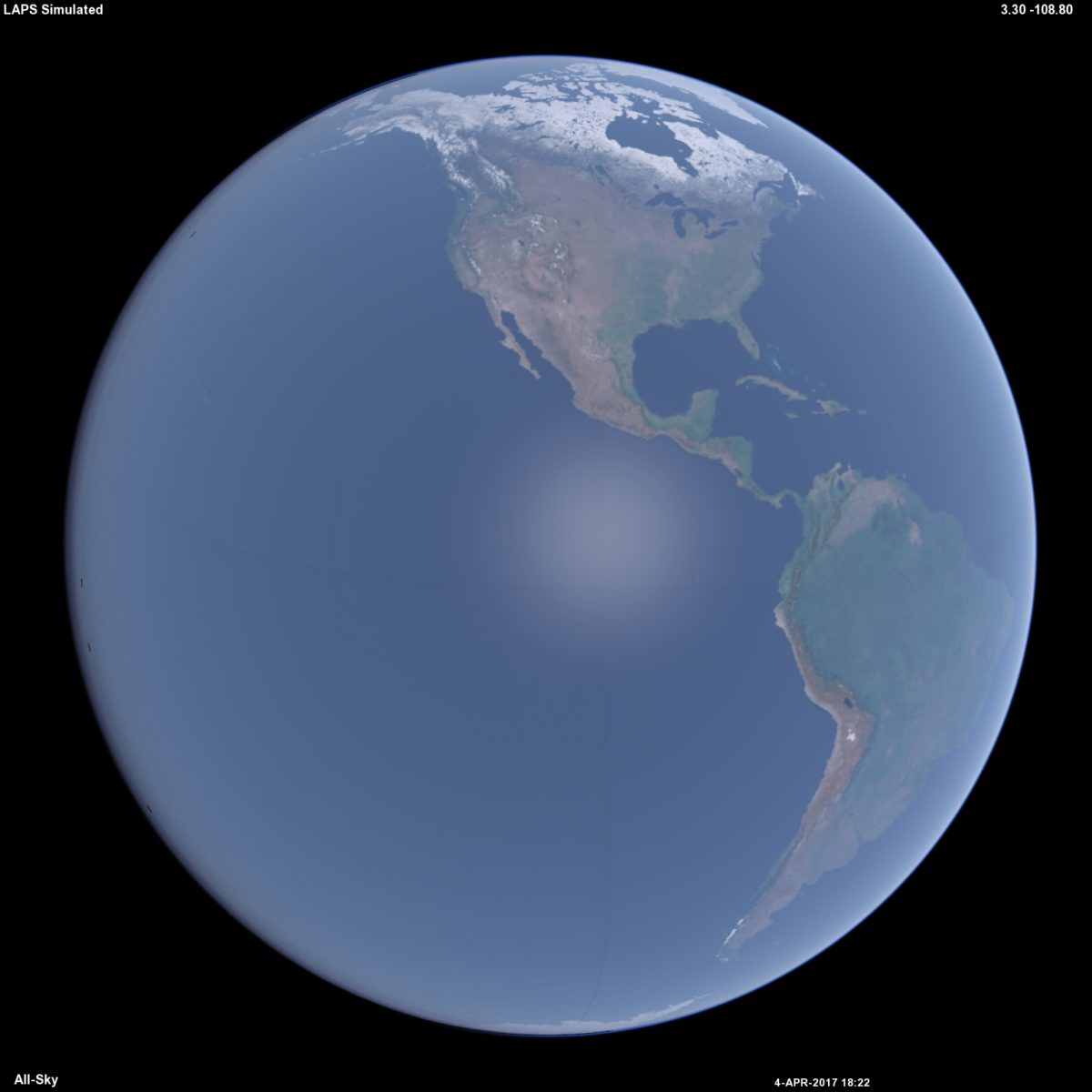All
All
Stories, updates, insights, and original analysis from The Planetary Society.
A week in the solar system
A roundup of pretty pictures and news from our robotic ambassadors around the solar system, from November 4 through 8.
New Gems from the Moon
More than seven years after the end of its mission, JAXA has released the entire data set from Kaguya's HDTV cameras.
Gullies on Mars: Wet or Dry (Ice)?
Martian gullies were in the spotlight last week thanks to a NASA press release stating they were
Yutu is NOT dead (probably)
Despite what you may have read on other websites last week, China's Yutu lunar rover is probably still functional on the surface of the Moon.
Half the Park is After Dark: Stargazers Celebrate U.S. National Parks Centennial
On August 25th, 2016, the U.S. National Park Service is celebrating its Centennial. That’s 100 years of protecting the lands and the night skies so that people from around the world and all walks of life can come and see the stars!
Plans for China's farside Chang'e 4 lander science mission taking shape
The future Chang'e 4 lunar farside landing mission is rapidly taking shape. Now the mission's team is coming to a consensus on the landing location, as well as on the mission's instrument package.
Whither the Weather? A Jet Stream Explainer
Jet streams are found in planetary atmospheres throughout our solar system. But what exactly are they?
Lunar Farside Landing Plans
Phil Stooke describes a research trip to the Regional Planetary Image Facility at the USGS in Flagstaff, where he discovered Jack Schmitt's proposed plans for a farside landing site for Apollo 17.
Space Exploration: Leaving the Earth to Understand It
Looking back at Earth from beyond helps to give perspective on our place in the cosmos.
State of NASA Earth Observation
Anna Scott gets us up to speed on NASA's Earth-observing missions nearly 60 years into the satellite age.
New lunar mosaics emerge as Surveyor digitization project continues
A team of scientists at the University of Arizona continue their efforts to extract data from more than 90,000 images captured during NASA's Surveyor program. In the meantime, new first-look images and an animation have been released.
The what-o-sphere? An explainer
Why do we need to slice up atmospheres into classifications like the troposphere, stratosphere, mesosphere, and thermosphere?
The phases of the far side of the Moon
Serbian artist Ivica Stošić used Clementine and Kaguya data to give a glimpse of the phases of the lunar farside.
Synthesizing DSCOVR-like Images Using Atmospheric and Geophysical Data
Why does our planet look the way it does from space? How does light interacting with land, clouds, water, snow, ice, gases, and various aerosols all come together? One way to learn the answer is to try and synthesize DSCOVR's view from various
Atmospheric Waves Awareness: An Explainer
There are two types of atmospheric waves that are critically important on Earth and other planets: gravity waves and planetary waves.
LPSC 2016: The Moon Keeps on Giving
There was no shortage of interesting lunar science talks at last month’s Lunar and Planetary Science Conference. Dr. Ryan Clegg-Watkins highlights some of the interesting results for us.
UPDATED: ESA activates a new old space camera
Inspired by the Mars Webcam on Mars Express, ESA's Cluster mission has turned on a camera on the Cluster spacecraft for the first time since their launch more than 15 years ago. UPDATE: It has now acquired images of Earth.
Fun with a new data set: Chang'e 3 lander and Yutu rover camera data
Here, for the first time in a format easily accessible to the public, are hundreds and hundreds of science-quality images from the Chang'e 3 lander and Yutu rover.
China invites public on-board its robotic missions; and how to download Chang'e data
China plans a busy future in robotic space exploration. Besides the scientific merit, what interests me most about the upcoming Chang'e 4 mission is their intention to get the public involved.
Updates on China's lunar missions
It's official: China plans to send a lander mission to the lunar farside. A relay satellite will launch to the Earth-Moon L2 point in June of 2018, and a lander will follow at the end of 2018. The landing site may be within the south pole-Aitken basin.


 Explore Worlds
Explore Worlds Find Life
Find Life Defend Earth
Defend Earth


 Sun
Sun Mercury
Mercury Venus
Venus Earth
Earth Mars
Mars Jupiter
Jupiter Saturn
Saturn Uranus
Uranus Neptune
Neptune Small Bodies
Small Bodies

















